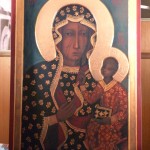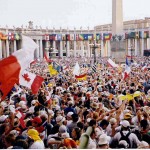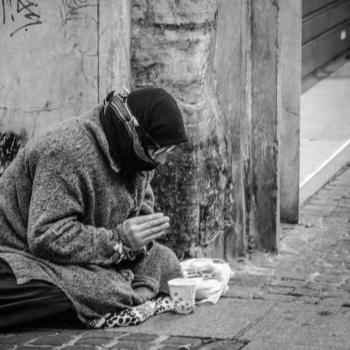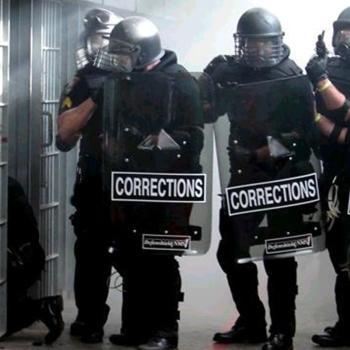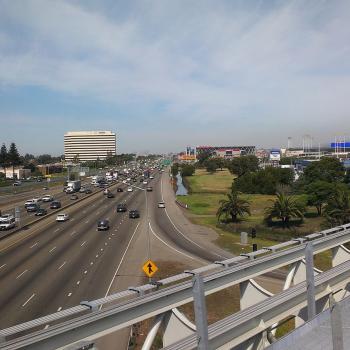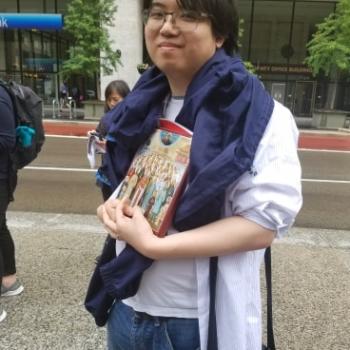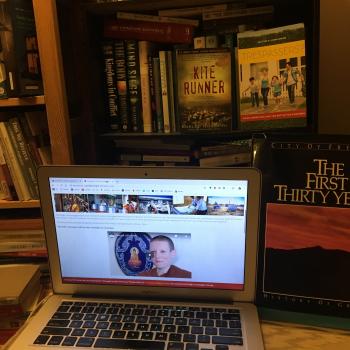![Pius XI in 1930 - from ePolitisch Wissenschaftlicher Verlag Berlin, 1932 (Papst_Pius_XI._1JS.jpg) [Public Domain], from Wikimedia Commons](https://wp-media.patheos.com/blogs/sites/721/2016/07/Papst_Pius_XI._1JS-754x1024.jpg)
Agnew is not Catholic of any sort (at least that’s what he told me), but his talk completely threw me for a loop because it made me think through explicitly how the theological outlooks of the various Bishops of Rome played out in real spaces. It also struck me when he put up a picture of Pius XI on his PowerPoint that Francis uncannily resembles Pius in physical appearance, a happy convergence that is motivating me to dig deeper into how similar (and perhaps also different) the social teachings of Pius XI and Francis are to each other. In Agnew’s story, Pius XI is a good guy, outsmarting Mussolini at many turns, though regretting that he wasn’t smart enough to take him down completely. I imagine that Francis has similar dilemmas about other contemporary authoritarian figures.
More seriously, though, Agnew’s lecture made me think about papal geopolitics more generally. For example, I found myself asking: how did St John Paul II’s devotion to the Divine Mercy play out in how he did Catholic politics in the world? So when Francis first announced the Year of Mercy, my first thoughts on reading the papal bull were actually: what does mercy do geographically? I was very moved while thinking through this question because I then stumbled on a passage in John Paul II’s 1997 encyclical Redemptoris Mater (28): ‘One could perhaps speak of a specific “geography” of faith and Marian devotion, which includes all these special places of pilgrimage where the People of God seek to meet the Mother of God in order to find, within the radius of the maternal presence of her “who believed,” a strengthening of their own faith.’ On the same token, I was asking: what does Francis’s geography of mercy look like? I am, after all, a human geographer.

